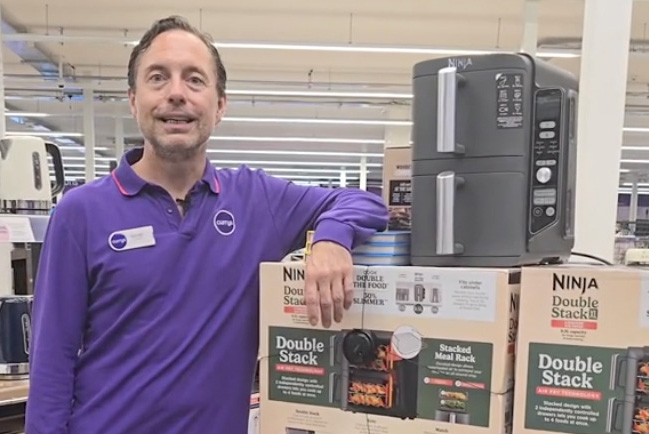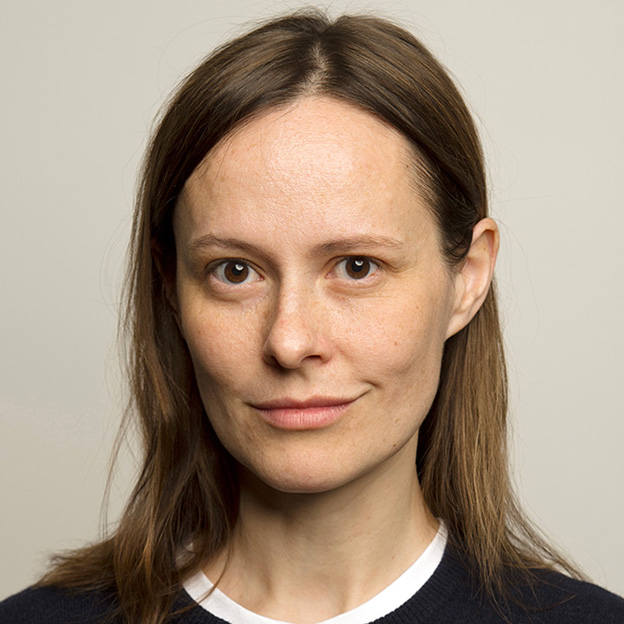From skibidi to pebbling: Making sense of culture and why it matters

Partner Content
Advertisers often ask: ‘What’s happening in culture?’ The Guardian has found some key shifts and explains why marketers should care about these zeitgeist moments.
Recently, I had the pleasure of moderating a discussion at the IPA Effectiveness Conference between Lucky Generals and Uncovered, the two agencies behind the Labour campaign. It made me think about how the best advertising is rooted in culture, no matter the brand.
Remember when the Levi’s “Laundrette” ad put a song into the top 40 in the 1980s or how Currys recently went viral on social media with “Skibidi Toilet rizz”? Those ads prove that any brand can get involved — but it’s getting the nuance right that matters.
Let’s be honest, with culture moving at meme-speed, it’s hard keeping up with stories about pebbling, auramaxxing, play-cationing, hot rodent boyfriends or Olympic emotional support dogs. It’s even harder to know if and how your brand should get involved.
At The Guardian, we’ve done the work for you — making sense of what’s happening and why it matters, coupled with the underlying lasting shifts that pull the memes together.
Guardian Advertising’s new research report Shift Happens backs up the trends that we’re seeing in culture and lifestyle with first-party audience insights, alongside a 1,500-person nationwide survey and in-depth interviews.
Key trends
We found six shifts in our research:
From URL to IRL: We’re ditching the apps for real-life love connections — from chaos celibacy to living apart together.
Mind your body: We strive to reclaim our brains with lo-fi health hacks, midlife reinvention and doom-scrolling detoxes.
Comfort eating: What a nation of foodies looks like now — elite olives, love omelettes and nights out at home.
Culture cults: The dawn of meme-speed pop culture — Supacell obsessives, Swiftie bracelet swappers and Jude Bellingham’s holey socks. It’s not about what the trends are — just that we have become used to a culture cycle that can be over in days.
Destination goals: Think experience, not location — we’re reframing holiday choices from destinations to goals. Not “where do I want to go”, but “what do I want to do when I relax”.
True detectives: Amateur sleuths, bad actors and why we’re all searching for #thetruth — what the rise of amateur detectives tells us about trust in the media.
Optimistic story
Every day, we analyse our biggest and most deeply read stories. These are not just the hard news reports that help people understand the world — our readers want to keep up with cultural flashpoints and zeitgeist moments.
In fact, 51% of Guardian content is classified as “non-news”. It’s a serious world, but we’re serious about the fun stuff too — whether that’s the popularity of Hello Kitty, 100 tiny tricks to help you sort out your life, the rise of mainstream kink or “finance bro fashion”.
The fact that they’re the stories that people really engage with and want to share suggests a more optimistic story for advertisers. People are in the mood to try all these new things. That’s amazing if you’re an overworked planner or chief marketing officer trying to get people to try your new food product, skincare line or clothing brand.
This isn’t 1990s hedonism or noughties extravagance, but a UK determined to find joy when the big picture feels overwhelming. These shifts matter to the brands we work with because they’re what people care about the most — these are the ideas and imagination that give people optimism.
Because shift happens.
 Imogen Fox is chief advertising officer at The Guardian
Imogen Fox is chief advertising officer at The Guardian




